Purifying the air in a dental practice
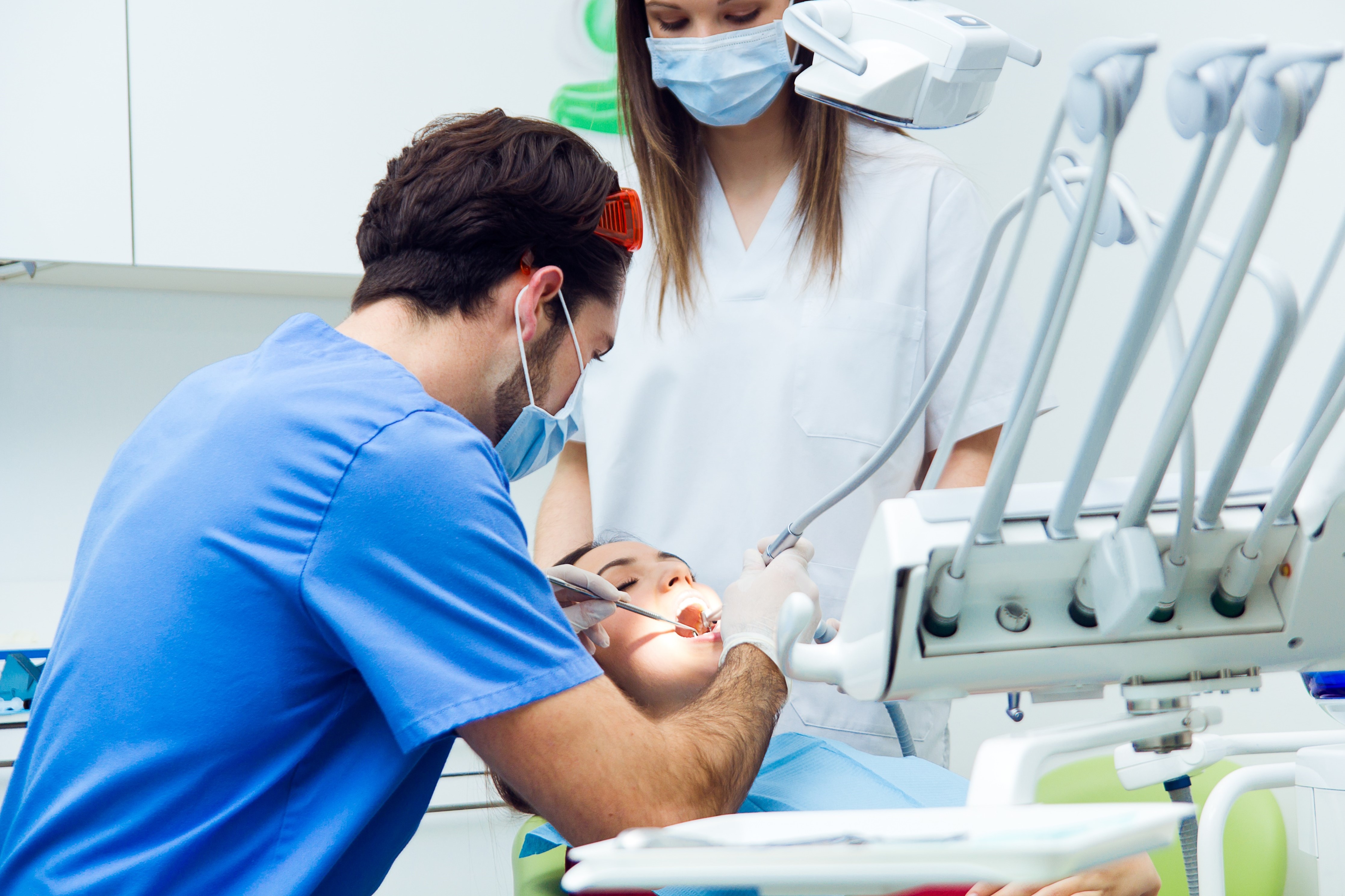
Why should you purify the air in your dental practice?
According to data from the U.S. Department of Labor, four of the five most dangerous jobs for human health are the professions of dental hygienist, dentist, dental laboratory technician and dental assistant. Given this finding, it is important to establish protection for professionals working in dentistry, directly in the workplace. Purifying the air in a dental practice protects dental staff and patients alike. Doing so drastically reduces the risk of cross-contamination caused by aerosols like microdroplets. This eliminates the pollutants responsible for occupational illnesses like asthma, headache and pulmonary fibrosis.
Treating the air is one way to apply the PNSE4* in France, by providing clean air when caring for patients (Uniclima guide, zone 3). The PNSE4 plan guarantees an improved quality of care by minimising the impact of contaminants and dust in sensitive areas during treatments. One of the main purposes of air purification in a dental practice is to reduce airborne cross-contamination between patients and between patients and specialists. * France’s National Health and Environment Plan 4
In addition, air filtration also removes any chemical or odorous residue related to your activities. Plus, treating your air with a professional-grade air purifier that is certified compliant with the latest standards prevents the formation of secondary sources of contamination in your air conditioners and ventilation shafts.
When are you exposed to poor air quality in your dental practice?
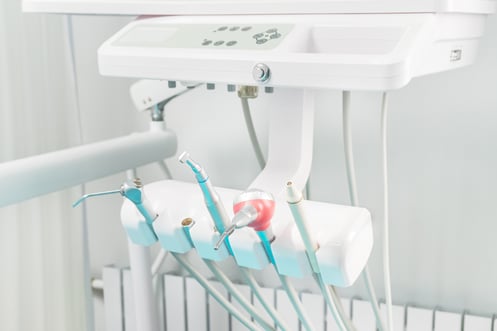
The riskiest times in a dental practice happen when handling active tools like burrs and scalers during dental treatments.
Moreover, there is a significant risk of aerosol cross-contamination (airborne transmission) whenever high-risk patients are present and also between patients. So, it is vital for you to evaluate the quality of the air at your establishment and, if you are in France and treat elderly patients or children under the age of 6, ensure you meet the requirements of Decree 2015-1926.
In a less obvious way, when an assistant cleans the practice, including its dental chair(s), using toxic cleaning products, this causes substantial exposure to chemical pollutants in the air and can, over time, have a real impact on employee health. And any failure to wear a mask every day in an environment that is full of chemical pollutants can also be harmful to the entire staff.
What pollutants are found in the air in dental practices?
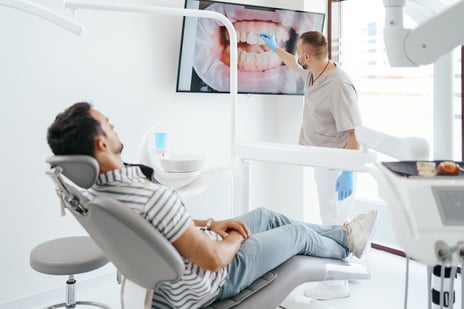
The activities conducted in dental practices release many kinds of pollutants, and being exposed to them on a daily basis increases the health risks faced by the professionals who work there.
Making dentures generates dust (like silica, hard metals, dental alloys, fumes from overheating and acrylic resin), and inhaling it poses a real threat to your staff. This is also true when using a drill or scaling equipment, as those instruments release large quantities of aerosols into the air.
Odours are another source of nuisances, especially when adhesives, porcelain, resins and other chemical substances are used.
As for cleaning and disinfecting products, they emit volatile organic compounds (VOCs). Over and above their damaging effects on health, some of these pollutants contribute to cross-contamination by serving as airborne vectors of viruses and bacteria. This means they can spread illnesses like coronaviruses and bronchiolitis.
Benefits of using Shield air purifiers in dental practices
• Easy, non-hazardous maintenance with no consumables to replace • Plug and play • Elegant design • Totally harmless (non-dangerous) operation • Discreet (quiet) presence • Lasting performance • Eco-friendly
• Reduction of specific nuisances: odours, pollutants and contaminants
• Easy, non-hazardous maintenance with no consumables to replace
• Plug and play
• Elegant design
• Totally harmless (non-dangerous) operation
• Discreet (quiet) presence
• Lasting performance
• Eco-friendly
Testimonial from a dental surgeon who uses the Shield compact air purifier
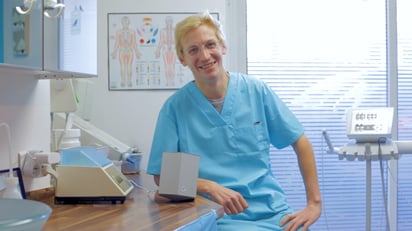
“My work involves aerosolising saliva. Now, all the bacteria, parasites and viruses in that mist go through this air purifier, reducing the load in the air. My team of healthcare professionals launch boost mode before patients arrive in the morning, at lunchtime when no one is around and in the evening. The rest of the day, we run it in standard, continuous mode. You just plug it in, and there are two buttons: one for continuous and the other for boost. Piece of cake. A few short seconds after plugging it in, you can feel that the room is getting a breath of purer, healthier and fresher air.”
Dr Pierre-Jean SAVALLE

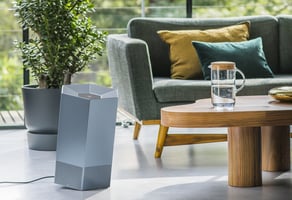


Laissez un commentaire